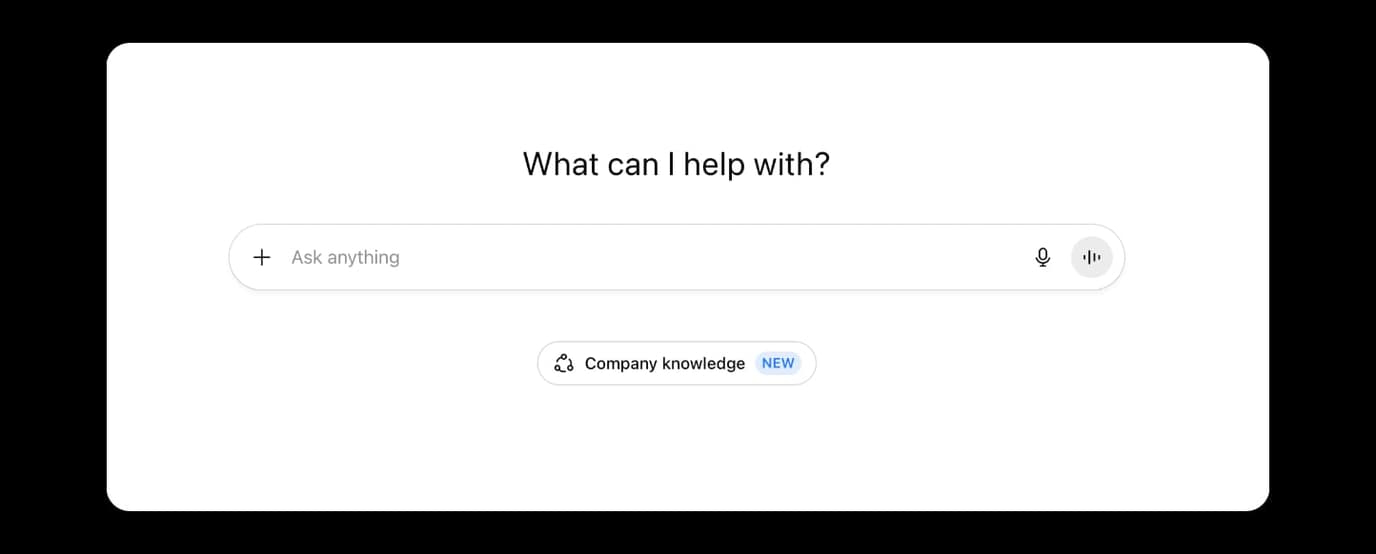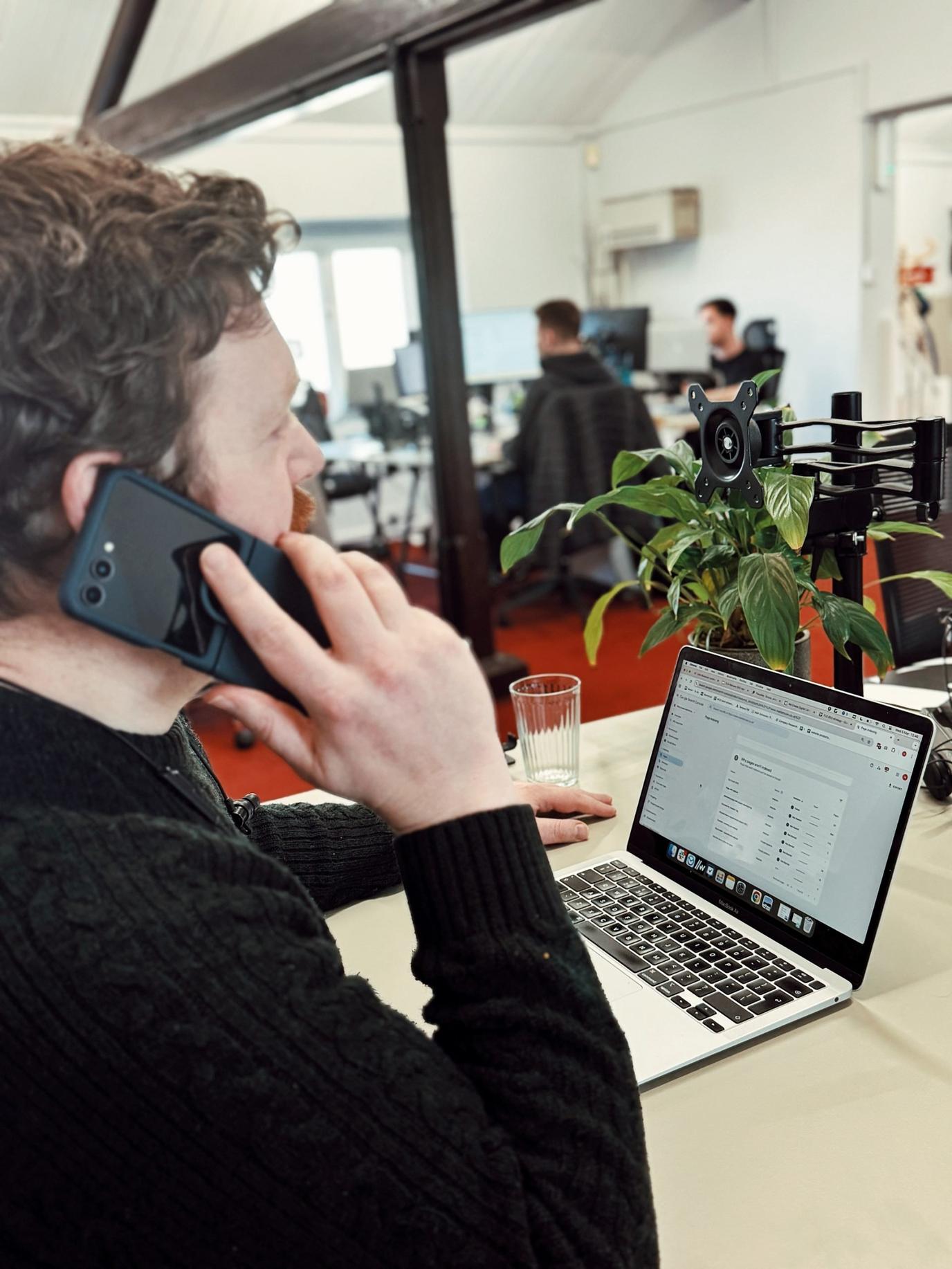A well-designed website should rank from day one - by combining SEO, accessibility, and performance from the very start.

Most websites are designed first and optimised later. That’s a mistake. If SEO and web design aren’t considered together as part of the development process, you end up fixing avoidable issues after launch. At We Create Digital, we build websites where performance, SEO and web design work together from the start – so your site performs well from day one.
Here’s how we approach it.
1. Start with structure, not style
A search-friendly site begins with logical structure, not colours or typography. Before we get started on design, we map out:
- Information architecture: clear page hierarchies (home > category > detail)
- URL structure: short, consistent, and human-readable
- Navigation: intuitive menus that help both users and crawlers
- Internal linking: natural connections between related pages.
If every page has a clear purpose and fits neatly into your structure, you’re already halfway to good SEO.
2. Design for users, but signal for search engines
Modern SEO is about helping people, but it still needs to make sense to search engines:
- Use semantic HTML (<header>, <main>, <article>, <footer>)
- Build a clean heading hierarchy (H1–H3)
- Write descriptive alt text – don’t stuff it with keywords, but make it descriptive and relevant
- Keep copy scannable with short paragraphs and subheadings – this is also more accessible than large solid sections of text
When the content hierarchy is clear, Google doesn’t have to guess what your site is about.
3. Performance and accessibility go hand in hand
Google rewards websites that load fast and work for everyone. Accessibility and speed aren’t extras – they’re part of quality:
- Core Web Vitals: focus on LCP, CLS, and FID
- Images: modern formats like WebP, lazy loading, and responsive sizing
- Fonts: limit weights, pre-connect to CDNs, and test render speed
- Accessibility: colour contrast, focus states, ARIA labels
Our own Lark theme is built with these principles at its core – optimised, accessible, and ready to perform.
4. Mobile-first, always
Google’s mobile-first indexing means your mobile layout is your primary layout. We design for small screens first, then scale up:
- Simple navigation and fewer interactions
- Larger tap targets (minimum 48px)
- No hover-only controls
- Real device testing, not just emulators
With so much traffic coming from mobile, you should be focusing on this audience rather than starting at desktop and scaling down.
5. Add structure with schema markup
Structured data helps search engines understand your site. It’s one of the easiest early wins. Examples we often include:
- Organisation schema for brand details
- Breadcrumb list for navigation
- FAQ page for content hubs
- Product or Service schema for key offerings
This extra context helps your site appear in rich results and stand out in search.
6. Measure what matters
We set up tracking and analytics as part of the build – not as an afterthought.
- Plausible Analytics and Google Search Console connected before launch
- GA4 (plus cookie consent) for event tracking for key actions (enquiries, downloads, etc.)
- GDPR-compliant setup using lightweight scripts
- 404 and redirect monitoring from day one
Data without context is noise – so we ensure it’s meaningful and easy to act on.
7. Launch with confidence
Before a site goes live, our team runs through a detailed launch checklist:
- Metadata and OG tags in place
- XML sitemap submitted
- Robots.txt verified
- Canonical URLs confirmed
- Redirects tested
- Performance baselines recorded
The result: a site that Google can crawl, index, and rank quickly.
SEO and web design, a summary…
SEO and web design aren’t separate disciplines. When they work together, you get a site that performs better, loads faster, and provides a smoother user experience.
At We Create Digital, we design and build websites that do all three – engaging, accessible, and search-ready from day one.





